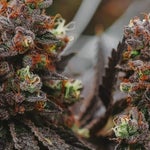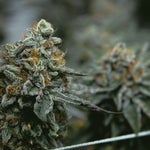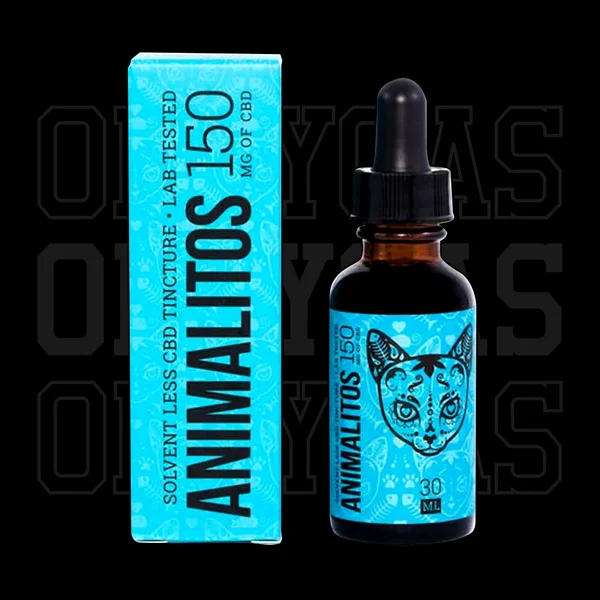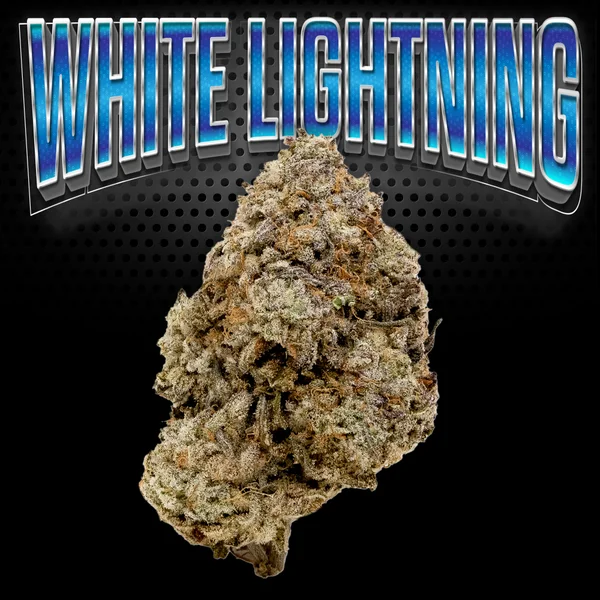Understanding Cannabis Concentrates
Cannabis concentrates are created by extracting the essential oils from the cannabis plant. These oils, also known as “cannabinoids,” are responsible for the psychoactive and therapeutic effects of cannabis. Concentrates are a potent form of cannabis that can contain up to 90% THC, the psychoactive component of the plant.
There are several methods of extraction, including solvent-based and solvent-less methods. Solvent-based methods involve the use of chemicals to extract the oils, while solvent-less methods use heat or pressure to extract the oils.
Concentrates come in many different forms, including shatter, wax, oil, and rosin. Each form has its unique texture and consistency, and they can be consumed in several ways, including smoking, vaping, and dabbing.
Misconceptions about Cannabis Concentrates
There are several misconceptions about cannabis concentrates that need to be addressed. The first is that they are only used by hardcore stoners. While concentrates are potent, they are also used by medical patients who need higher doses of THC or other cannabinoids to manage their symptoms.
The second misconception is that concentrates are dangerous. While there are risks associated with the extraction process, when done correctly, concentrates are safe to consume.
The final misconception is that concentrates are illegal. While cannabis is illegal in many states, several states have legalized both medical and recreational use.
Methods of Extraction
There are several methods of extracting cannabinoids from the cannabis plant. Each method has its pros and cons, and the method used will depend on the desired outcome.
Solvent-Based Extraction
Solvent-based extraction involves the use of chemicals to extract the essential oils from the cannabis plant. The most common solvents used are butane, propane, and CO2.
Butane and propane are highly flammable and can be dangerous if not handled properly. CO2 extraction is a safer, more environmentally friendly option.
During the extraction process, the plant material is soaked in the solvent, which dissolves the essential oils. The solvent is then evaporated, leaving behind a concentrated oil.
Solvent-Less Extraction
Solvent-less extraction involves the use of heat or pressure to extract the essential oils from the cannabis plant. The most common solvent-less extraction methods are rosin and ice water hash.
Rosin involves applying heat and pressure to the cannabis plant, causing the essential oils to melt and stick to a piece of parchment paper. Ice water hash involves agitating the cannabis plant in ice water, causing the essential oils to separate from the plant material.
Pros and Cons of Extraction Methods
Solvent-based extraction methods are generally more efficient and can produce higher yields. However, they can be dangerous and require special equipment and training to be done safely.
Solvent-less extraction methods are safer and more environmentally friendly, but they can produce lower yields and require more time and effort.
Types of Concentrates
There are several types of cannabis concentrates, each with its unique texture and consistency.
Shatter
Shatter is a translucent, glass-like concentrate that is easy to handle and store. It gets its name from its brittle texture, which shatters easily when dropped or touched.
Shatter is typically made using butane or CO2 extraction and can contain up to 90% THC.
Wax
Wax concentrates have a sticky, wax-like texture and can range in color from light yellow to dark brown. Wax is typically made using butane extraction and can contain up to 80% THC.
Oil
Oil concentrates are the most common form of concentrate and are used in vape pens and cartridges. They have a liquid consistency and can vary in color from light yellow to dark brown. Oil is typically made using CO2 extraction and can contain up to 80% THC.
Rosin
Rosin is a solvent-less concentrate that is made using heat and pressure to extract the essential oils from the cannabis plant. It has a sticky, resinous texture and can contain up to 80% THC.
Consumption Methods
Concentrates can be consumed in several ways, including smoking, vaping, and dabbing.
Smoking
Smoking concentrates involves placing a small amount of the concentrate on top of a bowl of cannabis flower and smoking it like you would a regular bowl.
Vaping
Vaping concentrates involves using a vape pen or cartridge to vaporize the concentrate and inhale the vapor.
Dabbing
Dabbing involves heating a small amount of concentrate on a hot surface and inhaling the vapor through a glass rig. Dabbing is the most potent form of consumption and is typically reserved for experienced users.
Conclusion
Cannabis concentrates are a potent form of cannabis that can be consumed in several ways. They are made using several extraction methods and come in many different forms, each with its unique texture and consistency. While there are risks associated with the extraction process, when done correctly, concentrates are safe to consume. It is essential to understand the different types of concentrates and consumption methods before trying them.












